Baking Soda
Sodium bicarbonate, referred to as “baking soda”, is primarily used in cooking (baking), as a leavening agent. It needs to be mixed with moisture and an acidic ingredient to make food rise. It reacts with acidic components in batters, releasing carbon dioxide, which causes expansion of the batter or dough. Thus the baking recipe that uses baking soda, often that recipe will have an acidic element as well, such as vinegar, lemon juice, buttermilk, or yogurt. When the two come into contact, bubbles of carbon dioxide are formed, creating the leavening in the batter.
Heat causes sodium bicarbonate to act as a raising agent by releasing carbon dioxide when used in baking. The carbon dioxide production starts at temperatures above 80°C. Since the reaction occurs slowly at room temperature, mixtures (cake batter, etc.) can be allowed to stand without rising until they are heated in the oven.
2NaHCO3 → Na2CO3 + H2O + CO2
And this reaction causes the formation of the characteristic texture in pancakes, cakes, bread, and other baked foods in which soda has been used.
Baking Powder
Baking powder is a raising agent that is commonly used in cake-making. Baking powder contains sodium bicarbonate, but it includes the acidifying agent (cream of tartar), and also a drying agent (usually starch). Baking powder has a neutral taste and is often used in recipes that have other neutral-tasting ingredients.
Baking powder is available as single-acting baking powder and as double-acting baking powder. Single-acting powders are activated by moisture, so you must bake recipes which include this product immediately after mixing. For this reason, it is important to get your “readymade cake mixture” into the oven quickly once the ‘wet’ ingredients have been added to the ‘dry’ ingredients.
Double-acting powders react in two phases and can stand for a while before baking. Most baking powders on the market are “double acting”, meaning that some leavening occurs the minute the baking powder gets wet, and the rest of the leavening occurs when it is heated.
How to make Baking powder?
Baking soda is much stronger than baking powder. To make baking powder, mix one part baking soda and two parts cream of tartar.
How long do baking soda and baking powder last?
It depends on storage conditions. Baking soda can last quite a long time if stored sealed in a cool, dry space.
Baking powder however is problematic. It can last 3 months, or it can last a year. If the environment is humid, once opened, baking powder might not last more than a few months.
How to test freshness baking soda or baking powder?
The easiest way to test baking soda to see if it is still good for leavening is to put some in a small bowl and add a little vinegar to it. If it bubbles up, it’s still good.
The easiest way to test baking powder to see if it still works is to put some in a small bowl and add some water to it. If it foams up, it’s still good.
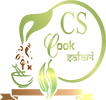
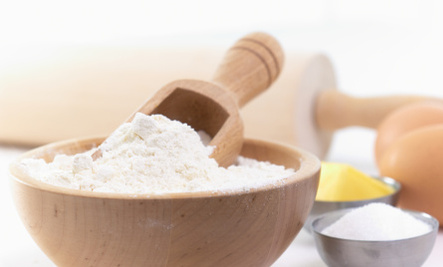

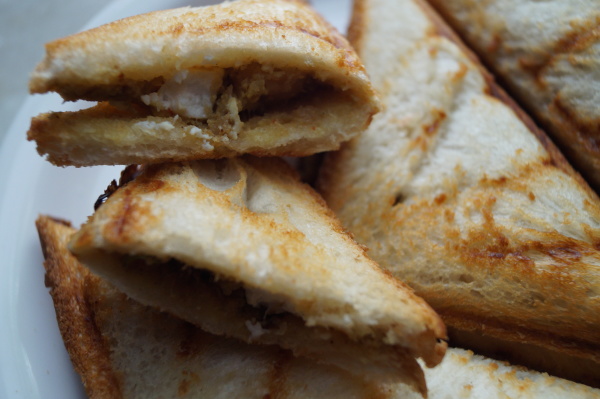
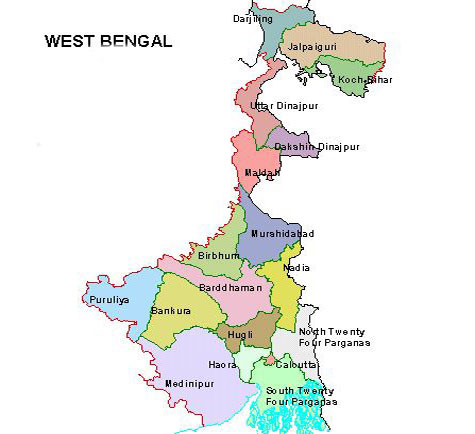
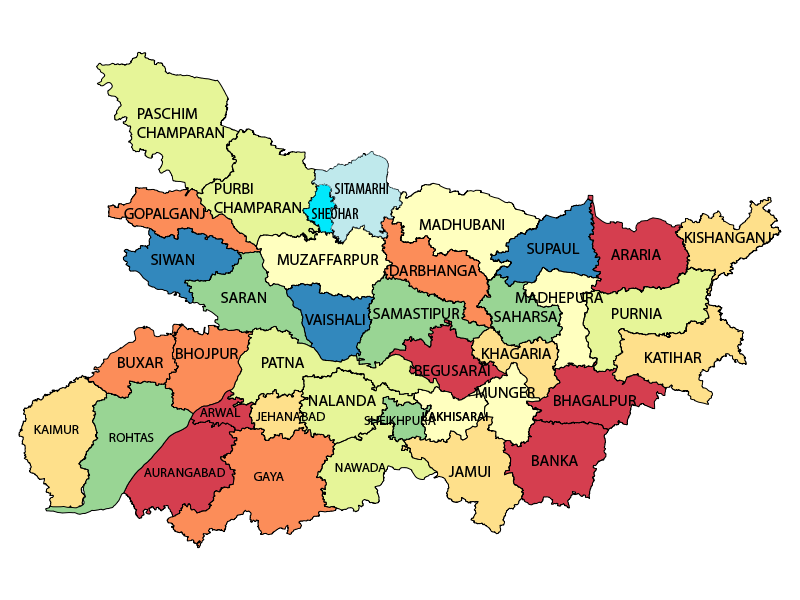

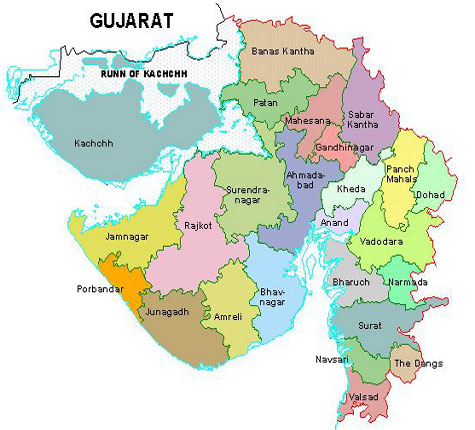
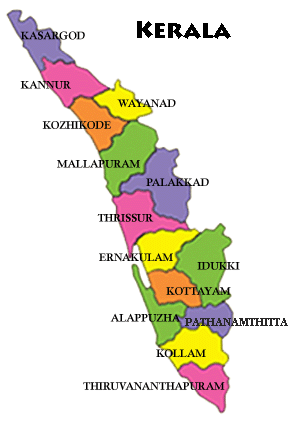
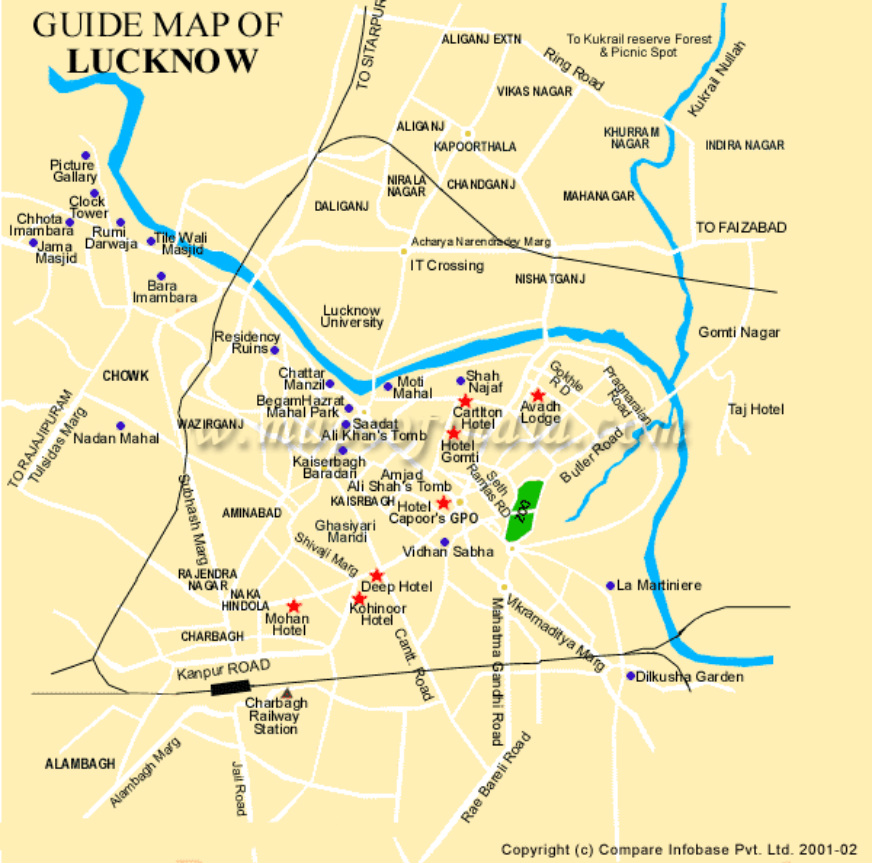
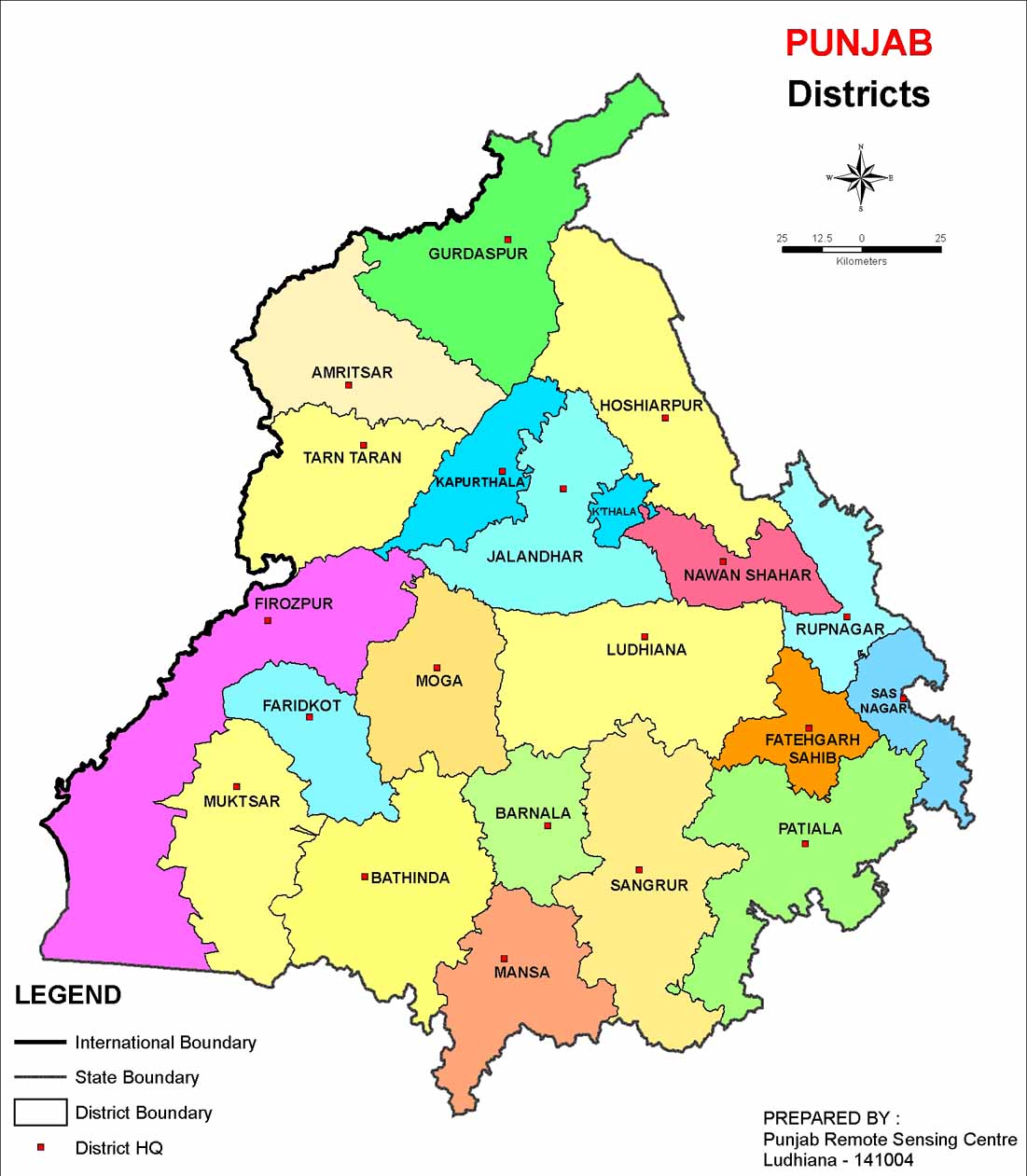
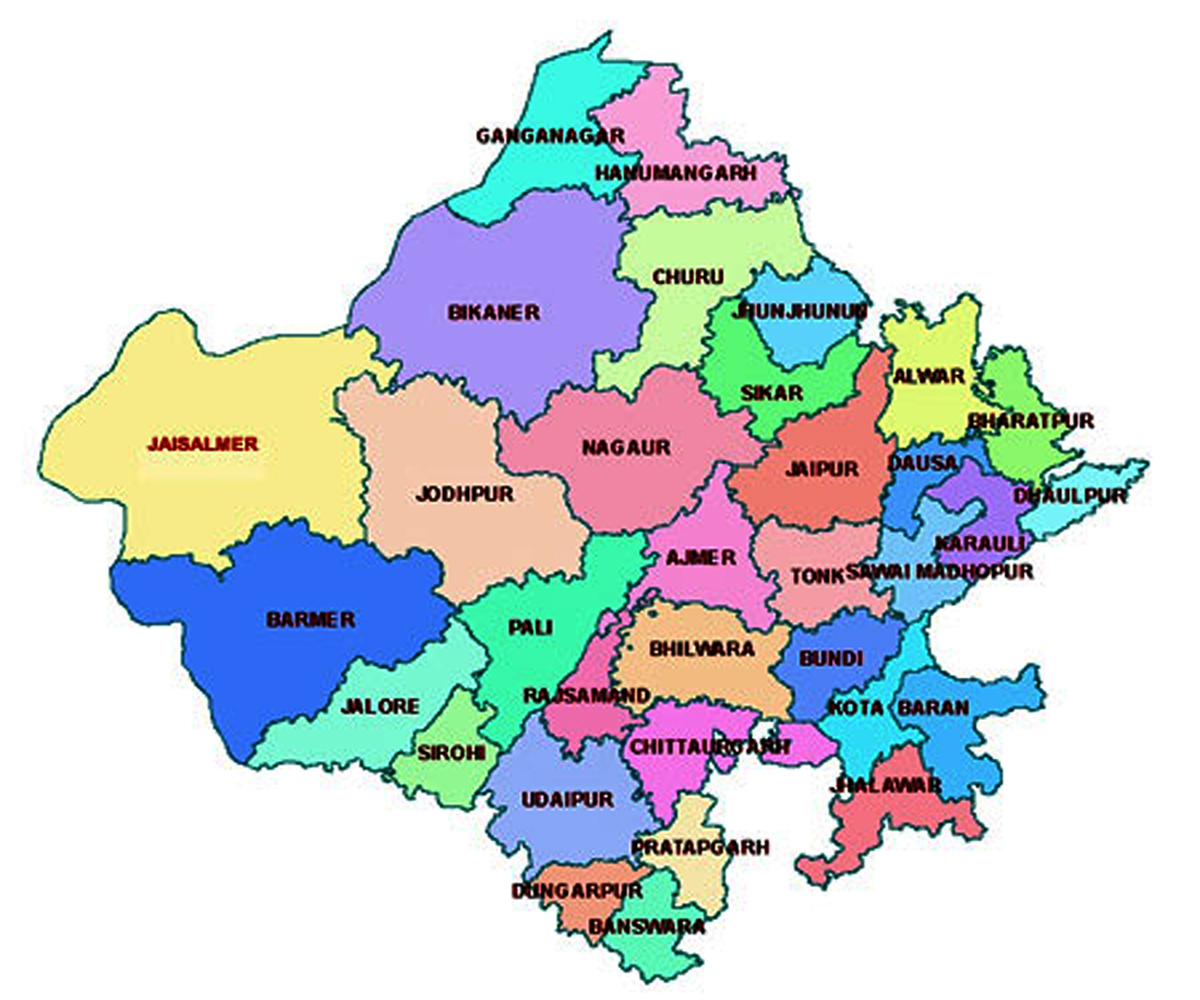




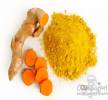
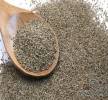
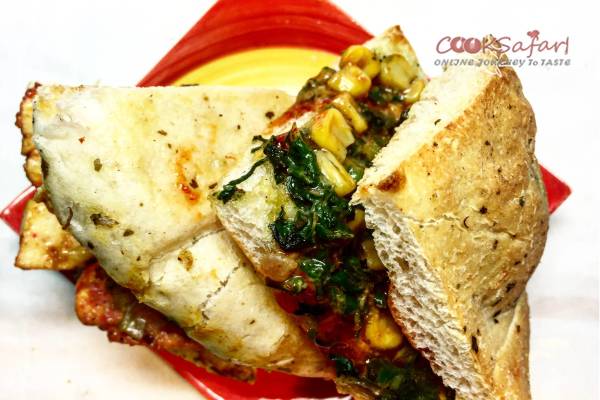
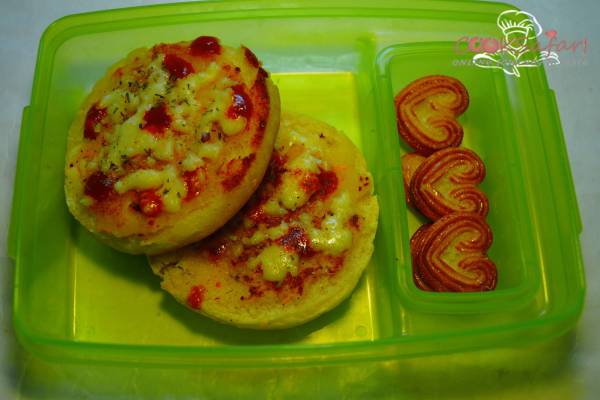
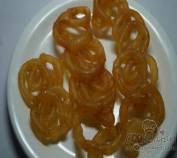
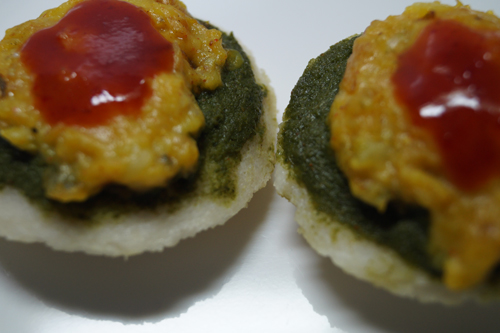





Comments are closed.